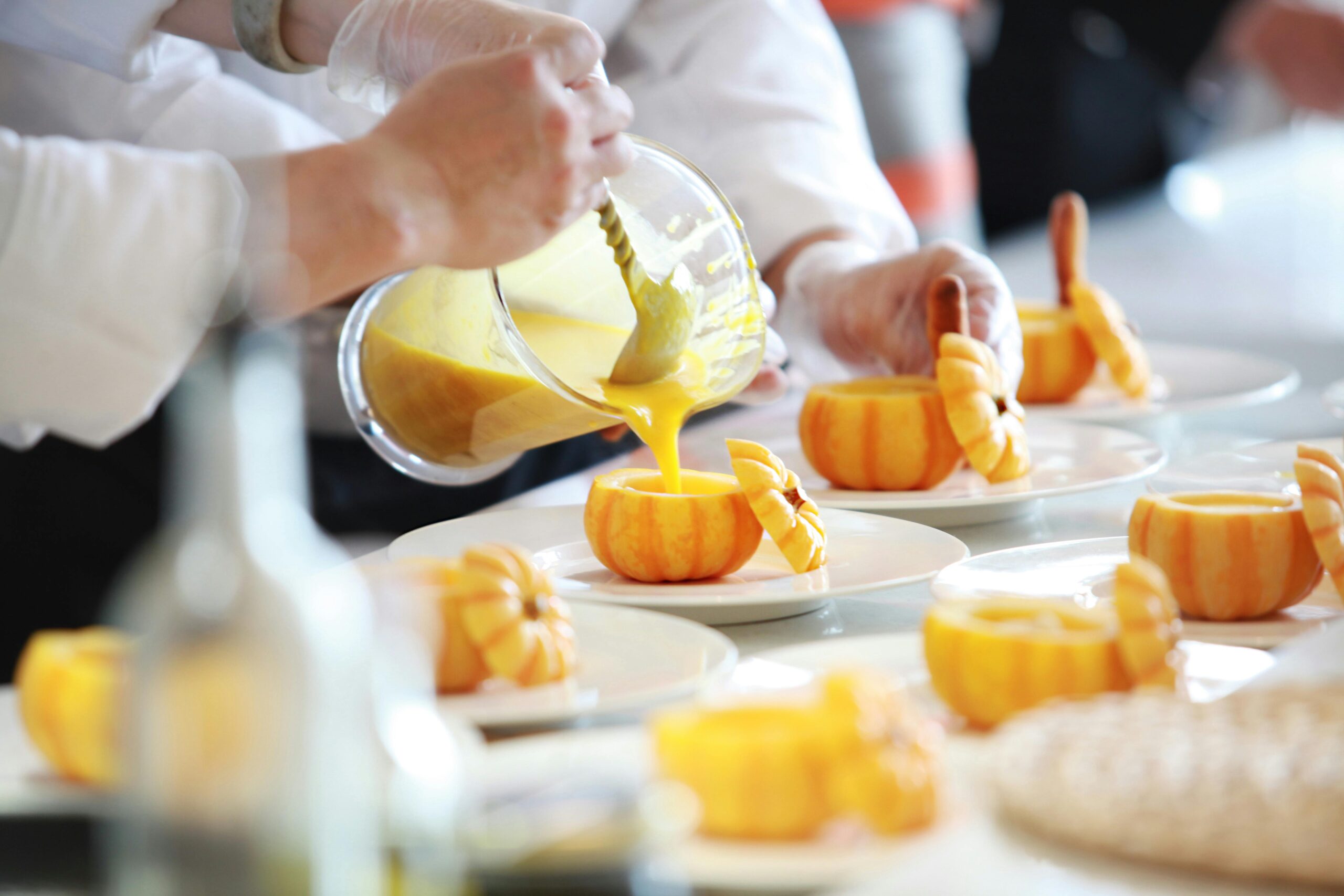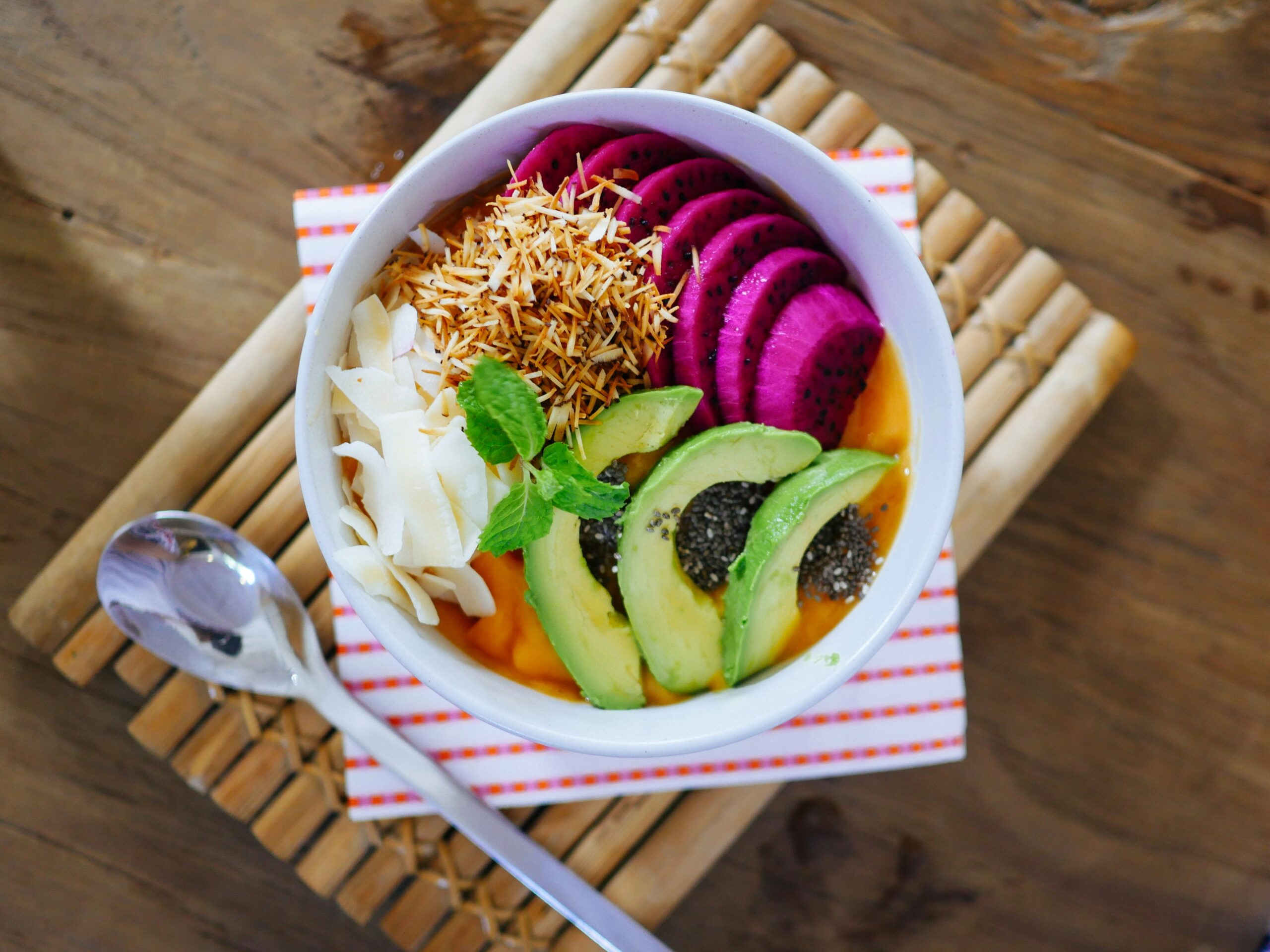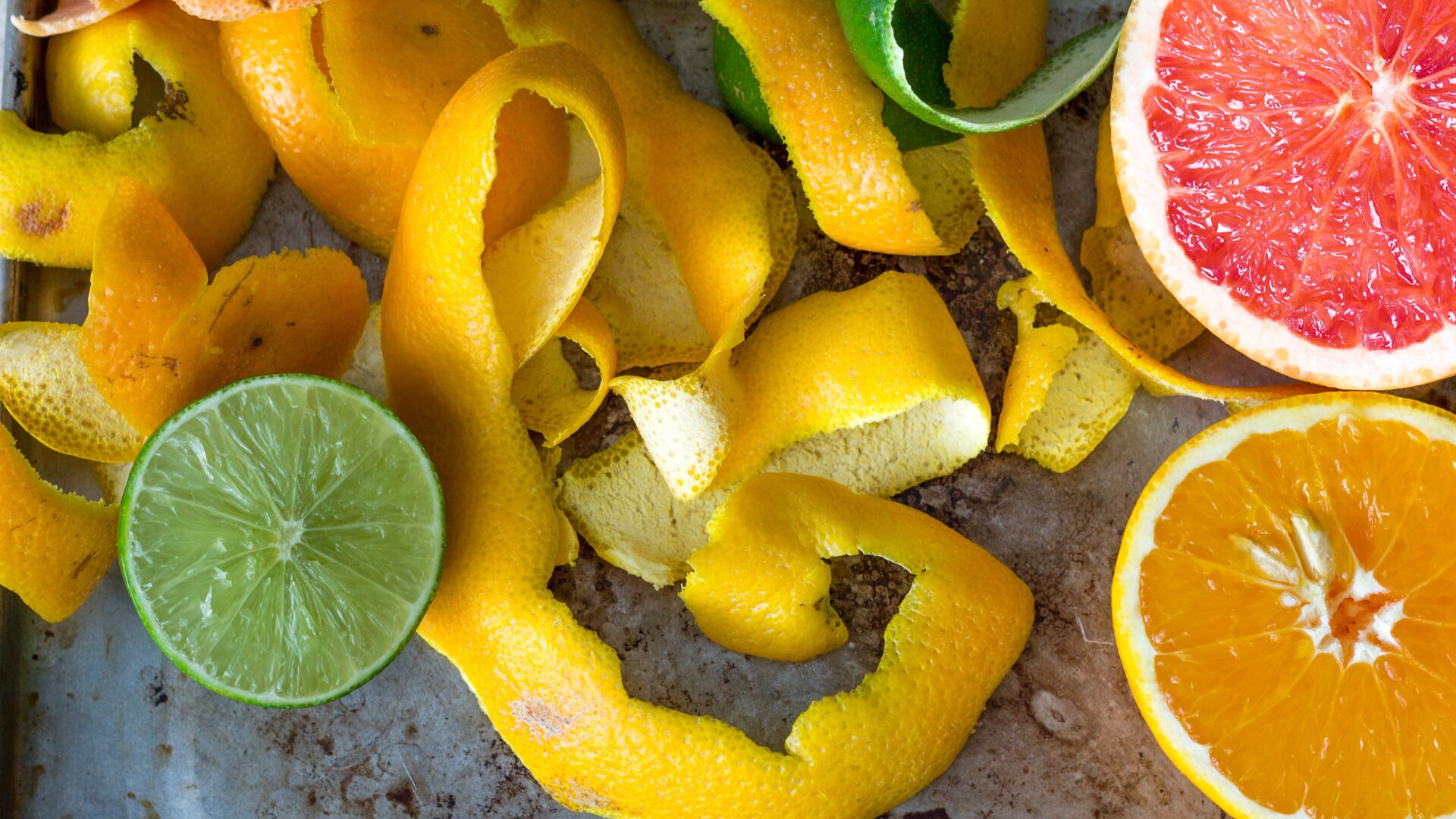The culinary industry remains in a state of flux – with rising food costs, shifting tastes of consumers, and new competitors. This has made it challenging for restaurant operators to not only attract customers but to retain their existing clientele, too.
And this competition is only slated to grow. According to the National Restaurant Association, 45% of restaurant operators expect competition to intensify this year. Fortunately, by crafting new and exciting dishes – featuring cost-effective elements like fruit purées – can help restaurants remain competitive.
Why Fruit Purées?
Why adapt and evolve by using wholesale fruit purées? Consumers love fresh food. Almost two-thirds would pay a premium for fresh food!
Need more convincing? A jaw-dropping 89% of consumers like or love fresh fruit. They’re also attracted to revolutionary cuisine, which fruit purée lays the foundation for. It’s a surprisingly flexible ingredient that offers endless opportunities for chef creativity.
New flavors. Fresh plating methods. Modern culinary experiences. Let’s take a closer look at the versatility of fruit purées.
• Fruity cocktails & mocktails: Fruit purées add freshness and complexity to restaurant menus. And since they’re ready to use, they make it easy for mixologists to flex their creativity. Break away from traditional mimosas with tropical fruit purées like mango.
• Fresh salad dressings: Fruit purées bring a depth of flavor and a pop of color to salads, making for a beautiful presentation. You can create sweet or savory dressings. Combine a berry purée with extra virgin olive oil, vinegar, and spices for the vinaigrette of a spinach and berry salad.
• Ice creams & sorbets: Fruity sorbets and ice creams tend to be refreshing. Get creative with pairings. Raspberry and mint. Apple and cloves. Coconut and lime. The best pairings are often unexpected.
Another benefit of fruit purées? They allow restaurants to skip the preparation stage – peeling, chopping, cooking, and reducing fruit – of sorbet recipes.
Fruit purées make creating bold, fruity flavors in baked goods simple. Elevate current desserts or surprise customers with trendy or modern creations. Examples include lemon raspberry breads and cakes, ginger-peach muffins, or a New York cheesecake with a black currant fruit purée swirl.
Savory Sauces
Operators could go the less-conventional route and use purées for savory sauces and glazes. Fruit purée-based sauces go particularly well with roasted chicken, pork chops, and salmon. Try one of these pairings:
- Chicken: berry, orange, or mango purée
- Salmon: tropical fruit (like mango or pineapple) or citrus (lemon or orange) purée
- Pork: apple, cranberry, or peach purée
- Beef: sweeter fruit purées like mango, apricot, or plum
The Impact of Seasonal Fruit Purées on Menus
Dishes made with seasonal fruit purées are excellent for creating a sense of urgency among customers, especially considering their limited availability. They also give chefs and restaurants the opportunity to experiment with new flavors and attract customers with a fresh, modern dining experience.
How else do seasonal fruit purées impact restaurants?
- Lower food costs: Restaurants have been faced with increasing food costs for years, prompting measures like switching suppliers and adjusting portion sizes. Relying on products like a seasonal fruit purée is a great way to keep costs down and menus fresh. This is because it eliminates the need to import out-of-season produce.
- Less food waste: Fresh fruit can lead to significant food waste. Overripe fruit may turn bad too quickly, for example. Conversely, unripe fruit often is thrown away because it cannot be used for specific dishes, even if cooked. Seasonal fruit purées provide fresh, consistent quality because fruits were picked at their peak.
- Dishes kept fresh: Consider your menu from a long-time customer’s perspective. They’ve likely tried the bulk of your dishes. Seasonal fruit purées break up the monotony and get them excited about trying something new.
Fresh ingredients can also spark inspiration within restaurant staffs. Chefs and cooks become bored with menus, just like customers. Switching up menus with seasonal fruit purées allows them to flex their creative muscles and reignite their passion about food – and customers will be able to taste the difference.
The Food Institute Podcast
Restaurant results for the second quarter weren’t stellar, but people still need to eat. Are they turning to their refrigerators, or are restaurants still on the menu for consumers? Circana Senior Vice President David Portalatin joined The Food Institute Podcast to discuss the makeup of the current restaurant customer amid a rising trend of home-centricity.












